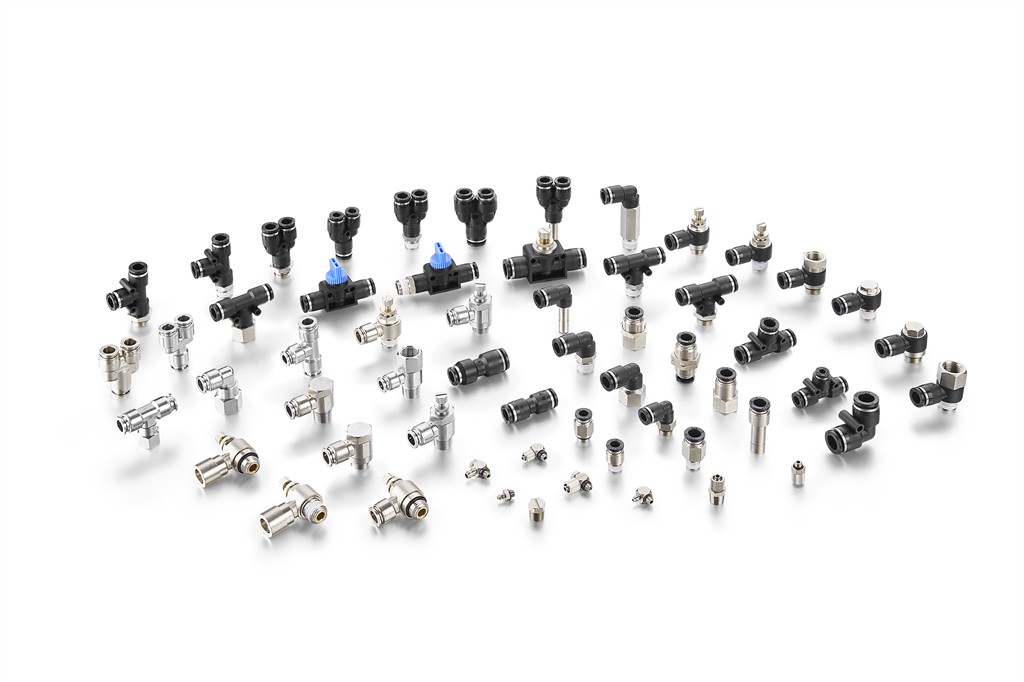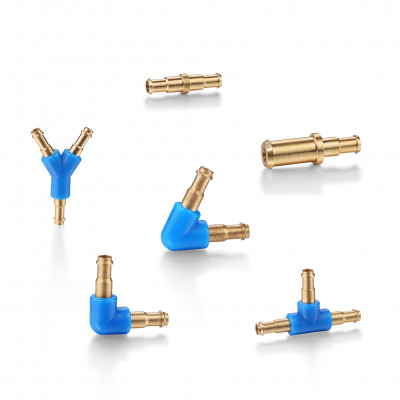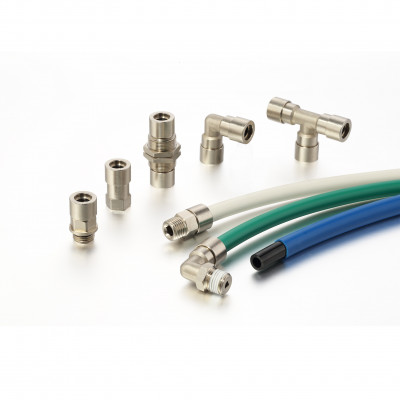In the ever-evolving landscape of modern technology, pneumatic systems have emerged as a cornerstone of innovation and efficiency. These systems, which utilize compressed air to generate mechanical motion, are integral to a wide array of applications across various industries. From manufacturing and automation to healthcare and transportation, pneumatics offer a versatile and reliable solution for powering machinery and equipment. Their ability to deliver precise control and rapid response times makes them indispensable in today’s fast-paced industrial environments.
Within the automotive industry, the significance of pneumatic systems has been steadily increasing. As automotive manufacturers strive to enhance production efficiency, reduce costs, and improve vehicle performance, pneumatics have become a critical component in achieving these goals. Pneumatic systems are employed in numerous aspects of automotive manufacturing, for assembly lines, playing a pivotal role in streamlining operations and ensuring high-quality output. Moreover, as the industry shifts towards more sustainable and environmentally friendly practices, the inherent advantages of pneumatics—such as reduced energy consumption and lower emissions—are becoming increasingly attractive.
Table of Contents
ToggleThe fundamental principles of pneumatics
Pneumatics, derived from the Greek word “pneuma,” meaning air or wind, is a branch of engineering that utilizes compressed air or gas to produce mechanical motion. The fundamental principles of pneumatics are based on the behavior of air under pressure and their ability to perform work when released. Understanding these principles is crucial to appreciating how pneumatic systems are applied in the automotive industry.
Pneumatic systems fundamentally rely on compressed air as their primary power source, a choice that offers both versatility and efficiency across a wide range of applications. The process begins with the intake of ambient air, which is then compressed to a higher pressure using a mechanical device known as a compressor. This compression process is critical, as it significantly increases the air’s energy potential by reducing its volume and elevating its pressure.
Applications of Pneumatic Systems in the Automotive Industry: Manufacturing and Assembly Lines
Assembly line automation in the automotive industry has been revolutionized by the extensive use of pneumatic systems, which play a pivotal role in streamlining and optimizing various repetitive tasks. These systems are integral to automating processes such as material handling, stamping, fastening, welding, and painting which are essential for efficient vehicle production. Pneumatic tools and robots, powered by compressed air, are capable of executing these tasks with remarkable speed and precision, thereby significantly enhancing overall production efficiency. The use of pneumatic systems in assembly lines allows for consistent and reliable performance, minimizing human error and ensuring uniformity in the assembly process. Furthermore, the high-speed operation of pneumatic tools and robots contributes to increased throughput, enabling manufacturers to meet high production demands without compromising on quality. The adaptability and flexibility of pneumatic systems also allow for easy integration into existing assembly lines, facilitating seamless transitions to automated processes. This not only boosts productivity but also reduces labor costs and enhances workplace safety by minimizing the need for manual intervention in potentially hazardous tasks. Overall, the implementation of pneumatic systems in automotive assembly line automation represents a strategic advancement that supports the industry’s goals of achieving higher efficiency, precision, and cost-effectiveness in production operations.

Here’s a detailed exploration of how pneumatic systems are utilized in key tasks such as stamping, welding, and painting within automotive manufacturing:
Stamping
Stamping is an indispensable process in the realm of automotive manufacturing, serving the crucial function of transforming flat metal sheets into intricately shaped parts and components essential for vehicle assembly. This sophisticated process is executed using large, powerful presses that apply substantial force to cut, bend, or form the metal sheets into desired configurations. Among the various types of presses utilized, pneumatic presses are particularly favored due to their ability to deliver consistent, controlled force with remarkable precision. These presses operate by harnessing compressed air to drive pistons, which in turn apply the necessary pressure to the metal sheets, ensuring that each operation is both precise and repeatable. The integration of pneumatic systems in stamping processes offers a multitude of advantages. Notably, they facilitate rapid cycling times and provide ease of control, which enhances operational efficiency. Furthermore, pneumatic systems are quieter than their hydraulic counterparts, contributing to a more pleasant working environment. They are also generally more energy-efficient, which not only reduces the environmental impact but also lowers energy costs. Additionally, pneumatic systems tend to require less maintenance, further decreasing operational expenses and downtime, making them a cost-effective choice for manufacturers seeking to optimize their production processes.
Welding
Welding is a critical process in automotive manufacturing, essential for joining metal parts by applying heat and pressure to create strong and durable joints. To enhance the precision and efficiency of this process, pneumatic systems are extensively utilized for automating the clamping and positioning of components. Pneumatic clamps ensure that parts are held securely in place, facilitating precise alignment and significantly reducing the risk of defects. Additionally, pneumatic actuators play a vital role in robotic welding arms, providing the necessary movement and control to execute complex welding tasks. These advanced systems enable high-speed and accurate welding, thereby improving production efficiency and ensuring superior quality in the final product.
Painting
Painting is a crucial phase in automotive manufacturing, serving the dual purpose of enhancing the vehicle’s aesthetic appeal and providing essential protection against corrosion. This process involves meticulously applying multiple layers of paint to vehicle bodies and components, ensuring both durability and visual quality. Pneumatic systems play a significant role in this operation, particularly through the use of pneumatic spray guns. These guns utilize compressed air to atomize paint into fine droplets, facilitating an even and smooth application across various surfaces. Furthermore, in automated painting lines, pneumatic systems are integral to controlling the movement of robotic arms that operate the spray guns. This automation enables precise control over the paint application process, minimizing waste and ensuring consistent coverage, thereby optimizing both efficiency and quality in the painting process.
Which Pneumatic Fittings are used in these tasks?
Push-to-Connect Fittings: These fittings allow for quick and secure connections of air lines to pneumatic cylinders and actuators, which are used to control the movement of stamping presses.

Barbed Fittings: Often used with flexible tubing, these fittings ensure a tight seal and are easy to install and remove, which is beneficial in the dynamic environment of stamping operations.



Spatter-proof Push In Fittings: These fittings are orkable for welding assembly line, the brass material design can be flame resistant, the button design can prevent the breakdown which caused by the ingress of the spatters. The push-in design makes easy to assemble and remove.

Flow Control Valves: These fittings regulate the airflow to pneumatic actuators, allowing precise control over the speed and force of welding operations.

For More, please contact Ideal-bell-China pneumatic fittings factory-Your pneuamtic fittings partner!

